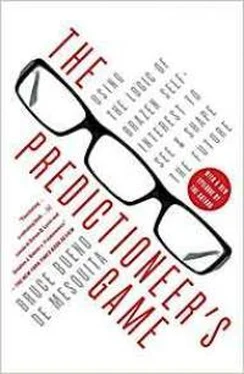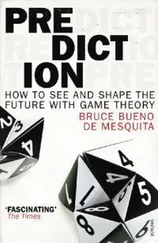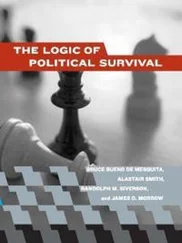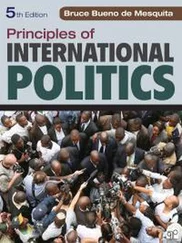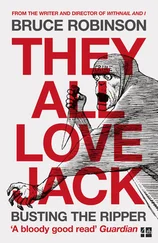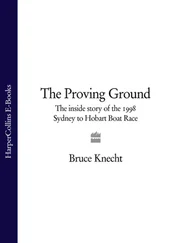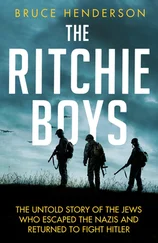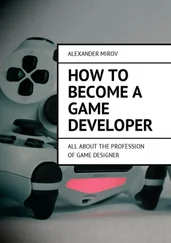WANT TO BE A CEO?
As we all know, great jobs are getting harder to come by, and reaching the top is as competitive as ever. Merit may be necessary, but, as many of us can attest, it’s unlikely to be sufficient. There are, after all, many more well-qualified people than there are high-level jobs to fill.
That being said, even if you’ve managed to mask or overcome your personal limitations and have been blessed with great timing and good luck such that you now find yourself in the rarefied air of the boardroom, there’s something worth knowing that might have escaped you, something that might still prevent you from grabbing that cherished top spot: the selection process.
That’s right, understanding and shaping the process by which a CEO or other leaders are chosen can tip the competition in your favor. It’s funny that few of us pay much attention, in a strategic sense, to something as prosaic as how votes are counted, whether in the boardroom or national elections. And yet the method used to translate what people want into what they get can turn a losing candidacy into a winning one. 3
When I talk about shaping outcomes based on voting, I don’t mean anything like miscounting or cheating. I don’t mean relying on hanging chads or anything like that. I’m just thinking about the many regular, commonly used ways of arriving at a choice based on what voters or shareholders or board members want.
Few board members or shareholders pause to think about how the votes are going to be counted when they select a new CEO. Hardly anyone asks whether it really matters if we require a candidate to get a majority or a plurality; if we count just votes for people’s first choice or we allow them to express their first and second (or even more) preferences; if in decisions with many candidates we vote on all of them at once or we pair them up in head-to-head contests. And yet you can bet your bottom dollar that these decisions really can change the results.
Just think back to the hotly contested 2008 Democratic Party primaries. The Democrats allocated delegates from each state roughly proportionally to the candidates based on their share of the popular vote in each primary. Barack Obama won a majority of delegates that way, and was ultimately elected president. If the Democrats had used the Republicans’ winner-take-all rule in each primary, Hillary Clinton would have won enough delegates to be the nominee, and she too probably would have gone on to beat John McCain. That’s a pretty big consequence of a seemingly inconsequential rule.
There is, of course, no right way to count votes. Every method has advantages and disadvantages. So we might as well use voting rules when we can to help the candidates we favor. Generally we don’t have the opportunity to change how votes are counted in government elections, but we sure do when it comes to corporate decisions.
In fact, I’ve twice used the range of boardroom voting procedures to help shape corporate choices of CEOs. Once the effort was entirely successful, and the second time, well, the candidate that my partner and I helped rose from obscurity to be treated as a very serious candidate. He ultimately lost, but he did so much better than anyone expected that he was quickly hired away from his company to become the CEO of a different firm—and he was a great success there.
How was the CEO selection process modeled? Let’s take a look at my first experience on this front (it has the nice feature that even the person who was chosen as CEO didn’t know—and probably still does not know—how he won). Here’s what happened:
The retiring CEO of the company in question—certainly it must be obvious that there is a need for anonymity here—didn’t have strong feelings about who he wanted to replace him. He did, however, have very strong feelings about who he did not want to replace him, and it just so happens that the person he didn’t want was the leading candidate for succession. The retiring CEO truly despised this person, who had been his nemesis for many years, and he hired me in secret to help engineer the CEO selection. The modeling job: figure out how to beat the detested front-runner.
As with any analysis, the first step was to figure out just what were the real issues that had to be resolved. In this case, the big questions were simple enough. They required working out who the prospective candidates were and how they stacked up against each other. Let’s call the candidates Larry, Moe, Curly, Mutt, and Jeff—with Mutt being the guy to beat.
The problem was best analyzed with a bunch of beauty contests. Each beauty contest asked how the stakeholders with a say in selecting the CEO felt about Larry vs. Moe, Larry vs. Curly, Larry vs. Mutt, Larry vs. Jeff, Moe vs. Curly, and so forth.
Once the issues—the beauty contests—are specified, we need to know each stakeholder’s position, or which candidate he or she favors in each head-to-head contest, and by how much. (I will go into further detail in subsequent chapters as to the particular methodology behind these assessments.)
Thankfully, in this particular case, we have a good source of information: the outgoing CEO. He knew who the players were and he knew how they felt about each candidate. And you can be assured he didn’t get to be CEO without knowing which of his colleagues had real clout and who would just go along with the wishes of others.
The existing procedure for succession in the CEO’s company did not involve head-to-head contests, ranking of candidates, runoffs, or a host of other common voting rules. Instead, they normally voted for all the candidates simultaneously, just as is done in American presidential elections. Whoever got the most votes would be the winner. Now that would have been very bad news for my client, the retiring CEO. It was clear that such a procedure, a fine, upstanding, legitimate procedure, would result in the election of Mutt, the detested candidate. What to do?
The first thing was to sort out who was likely to win each of the beauty contests. The stakeholders consisted of the members of the company’s CEO selection committee. Let’s say the committee was made up of fifteen individuals, with one vote each. The outgoing CEO’s information on the comparisons of candidates in pairs allowed me to tease out the strict order in which different committee members preferred the candidates. It was apparent that the fifteen committee members divided equally into five voting blocs based on their preferences, with three members in each group. Here are the five different preference orderings held by the members of the selection committee, with candidates listed from most preferred to least preferred:
Mutt, Jeff, Larry, Curly, Moe
Mutt, Moe, Curly, Larry, Jeff
Moe, Mutt, Curly, Larry, Jeff
Jeff, Moe, Curly, Larry, Mutt
Larry, Jeff, Curly, Moe, Mutt
In a contest in which everyone got to vote just one time, such as is used in the United States to pick the president, the detested Mutt would get 6 votes (two blocs held him in first place and each had three members), Moe 3, Jeff 3, Larry 3, and poor Curly 0. Mutt wins. That is exactly what had to be prevented.
However, under another voting system, if committee members got to cast 4 votes for their first choice candidate, 3 for second, 2 for third, 1 for fourth, and no points for their last choice (a method known as a Borda count), then Mutt and Moe would receive 33 weighted votes each, Jeff would get 30, and Larry and Curly would bring up the rear with 27 each. If they then held a tie-breaking runoff between Mutt and Moe, Moe would pick up the votes of the third, fourth, and fifth blocs. They each favored him over Mutt. Moe would be the new CEO by this procedure.
So already we can see that there is a rule that could beat Mutt. However, it was clear enough that this procedure would be tough to get through the committee. It was just too complicated to ask members first to rank candidates and then to hold a runoff once they discovered there was a tie. Such a convoluted election process would easily arouse suspicion among committee members. They might have wondered why the retiring CEO was asking them to do something so elaborate when they could just vote straight up for any candidate they wanted.
Читать дальше
